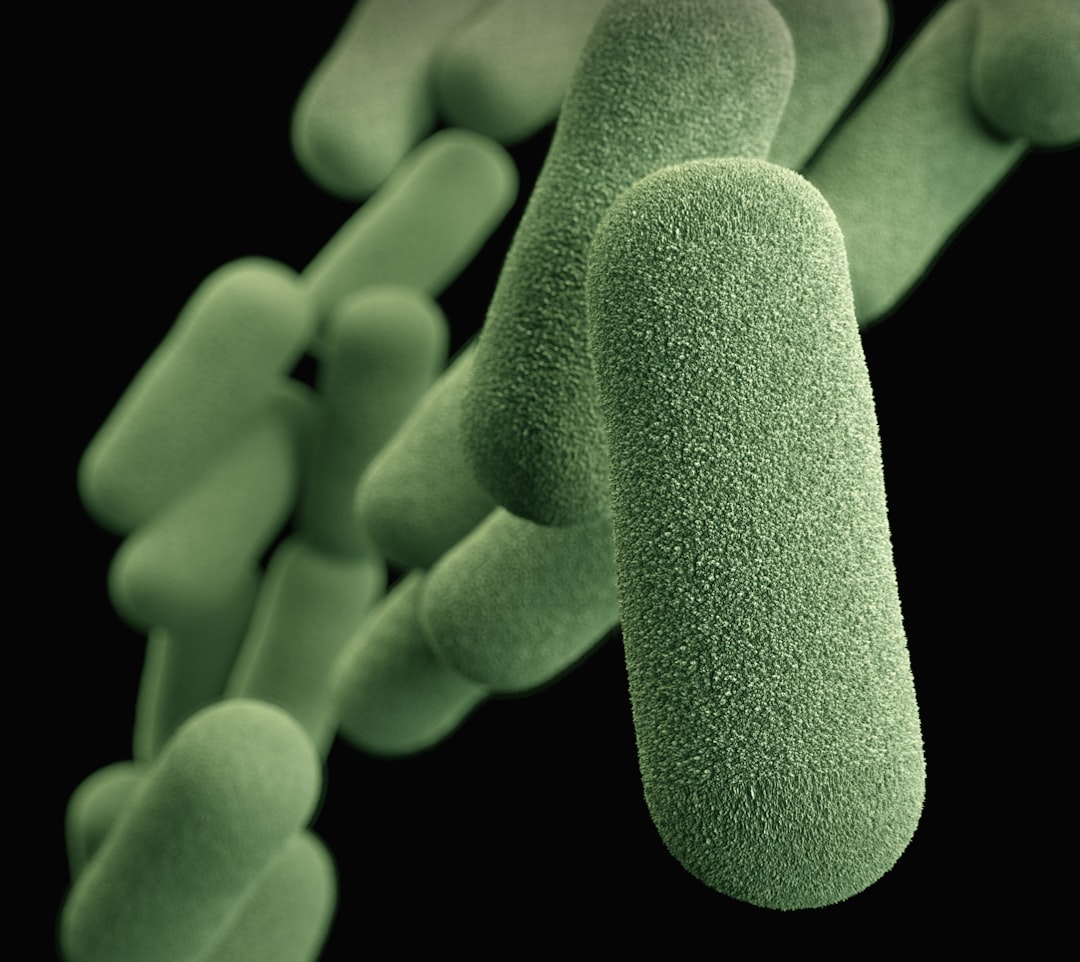What is it about?
The wings of flying animals generate lift and thrust at the same time. To generate thrust, the wings need to be flapped up and down. Lift production is most efficient when the wingspan is maximised, so the flapping motion inevitably increases the cost of lift. To produce a net thrust, it is also necessary to reduce the lift production during the upstroke, which further increases the cost of lift. This means that the more thrust needs to be produced, the more inefficient the wings will be at producing lift. In this paper we search for the aerodynamically optimal solution for this compromise. One important result we found, is that using flapping wings for propulsion is not as efficient as previously assumed in the context of animal flight.
Featured Image
Why is it important?
Our model describes a vertebrate wingbeat that is aerodynamically most optimal. It can therefore also be used to see whether animals actually fly at this aerodynamic optimum. If so, do they actively adjust their wingbeat and wing shape to approach the aerodynamic optimum? To what extent have their muscles and wing morphology adjusted to operate near the aerodynamic optimum? What is the cost of deviating from the optimal wingbeat? In this context the model serves as a tool to systematically learn more about the flight in nature and how it might have evolved. One could also think of using this model in the early stage design of ornithopters, most likely unmanned aerial vehicles that use flapping wings.
Read the Original
This page is a summary of: Power of the wingbeat: modelling the effects of flapping wings in vertebrate flight, Proceedings of the Royal Society A Mathematical Physical and Engineering Sciences, April 2015, Royal Society Publishing,
DOI: 10.1098/rspa.2014.0952.
You can read the full text:
Contributors
The following have contributed to this page










